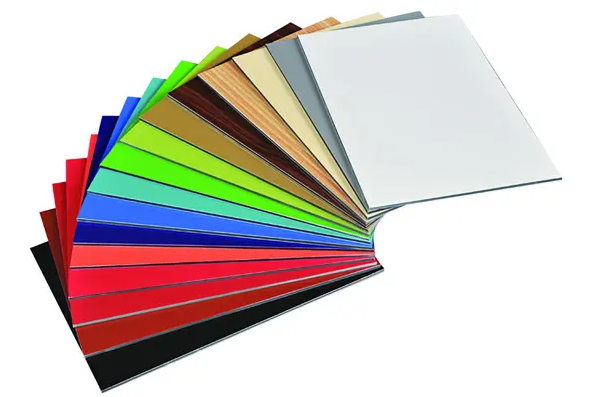Views: 6 Author: Julong Publish Time: 2022-11-21 Origin: aluminum panel systems manufacturer








Aluminum composite panels can be joined using processes common in metal and plastic production. Here are a few examples of common connecting mechanisms.
1 . Rivet attachment:
Aluminum composite panels can be joined together using aluminum rivets or between panels and other materials. To avoid rust and corrosion on the aluminum panel surface in outdoor or high-humidity applications, use stainless steel core rivets; if you use iron core rivets, the iron core must be withdrawn after the riveted connection. Countersunk head rivets are only appropriate for indoor use.
2. With threaded fasteners:
There are two categories of outdoor and indoor use:
a.Fixtures for the outdoors.
When using threaded fixings outdoors, consider the coefficient of thermal expansion of aluminum composite panels. To avoid aluminum composite panels' deformation due to thermal deformation and extrusion deformation, aluminum composite panels above the opening must be larger than the diameter of the screw.
The use of stainless steel screws with sealing washers can prevent extrusion and deformation of aluminum composite panels, and the product's functionality has been demonstrated. To select the correct screw for the structure, tighten the screw with a torque wrench or screwdriver to check that the gasket successfully seals the opening but is not too tight and leaves marks on the surface of the aluminum plate. To achieve centered drilling and riveting construction, it is often essential to utilize a deformed drill bit or sleeve to drill holes in the aluminum plate or substructure.
The protective film must be removed before installing the screws.
c. Fixtures for the interior.
Interior connections can be established with screws of various head shapes for fixing steel or wood panels. These screws often do not allow for the movement of the aluminum composite panel due to thermal expansion.
Countersunk head screws can be used to fix aluminum composite panels, either by utilizing the standard countersunk head hole method or by pushing the aluminum panel directly into the panel with a hole larger than the diameter of the screw rod.
3. Plastic welding (only for PE core material):
The welding between plastics with hot air can be used to connect aluminum-plastic sheets, using an electrically heated torch to melt the aluminum sheet with heated air devoid of polyethylene core material layer and polyethylene plastic welding rod after cooling, with the following conditions for obtaining good welding quality:
a. A properly constructed board edge interface
c. Pure heated air.
b. Use the proper welding temperature.
d. Use the proper contact pressure.
e. Welding rate
3. cementation: Bonding with metal or general-purpose adhesives. Indoor advertising panels and booth configurations are made with this material. Bonding on laminated panels can be accomplished with commonly used metal or general adhesives. Double-sided sticky tapes are appropriate for low-strength connections. We propose one-component adhesives for situations needing high-strength bonding.
It should be mentioned that the glue has an average ability to tolerate static strength when used outdoors.
Because the coefficients of thermal expansion of the components differ, bonding aluminum composite panels with other materials may fail.
3. Clamp connections: To fasten and connect aluminum-plastic panels, you can usually use a combination of clamps. The clamps appear to be constructed of aluminum or plastic materials, and they are often formed of two sections joined by screws.